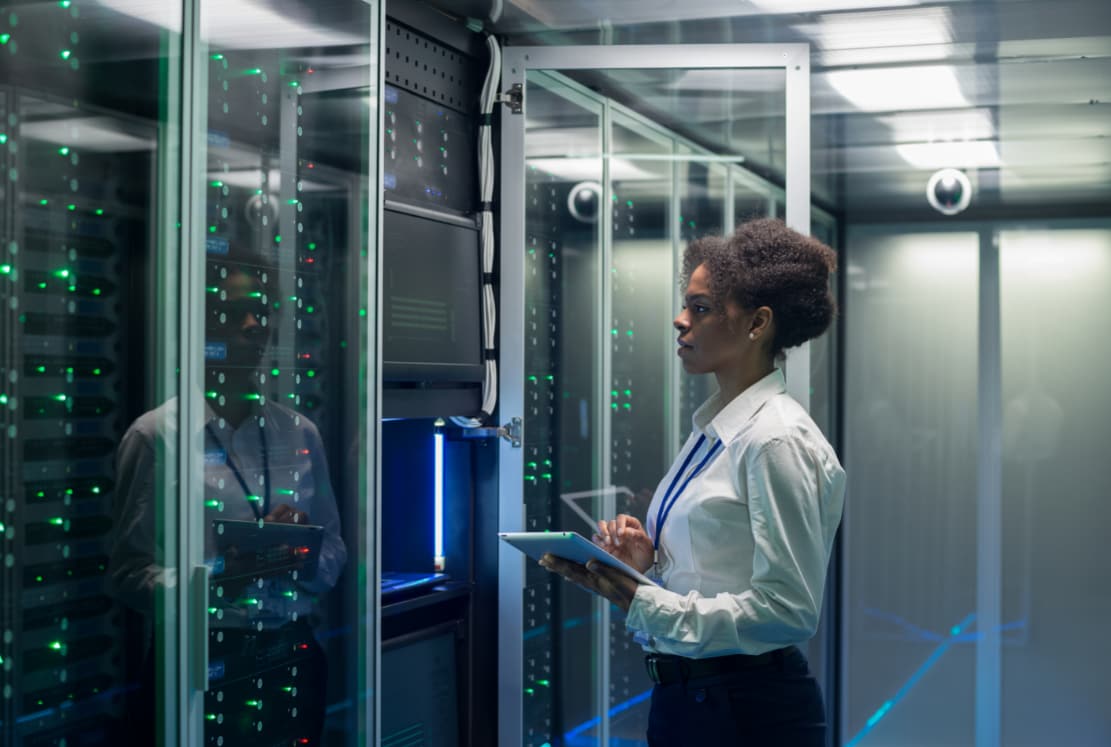September 16, 2019
Why Security is Now a Selling Point in the Cloud
Today, the world faces an increasingly complex cybersecurity landscape,defined by an unprecedented number of internet-connected devices the numberof which is expected to reach <a href="https://www

Today, the world faces an increasingly complex cybersecurity landscape,defined by an unprecedented number of internet-connected devices the numberof which is expected to reach nearly 30 billion within thenext three years.
With this increased connectivity, there are more opportunities andavenues for bad actors of all types from nation-states and cybercriminals toinsiders and hacktivists to identify and exploit vulnerabilities.
Why ransomware is on the rise
The odds seem stacked in favor of bad actors who, after all, must find only one weakness, while defenders mustlock down everything. So, the attacks and attempted attacks continue at a rapidclip. One insurance company found that ransomware attacks on largecompanies, for example, soared 105 percent in the first quarter of 2019compared to a year ago.
Compounding matters is that the sheer amount of data at stake is growingby leaps and bounds. Research firm IDC has predicted that the world's total aggregated data will grow to 175 zettabytesin 2025 from 33ZB in 2018. One zettabyte is a thousand exabytes of data andhas been described as a number equal to all the grains of sand on the world'sbeaches.
Government agencies and other enterprises are overwhelmed by thisprospect and, despite years of investment and experience, continue to strugglewith how to manage these risks. The best response is to minimize risk byout-innovating the bad actors. Only the technology sector has the experience,agility and speed to keep up and protect against ever-growing cyberthreats.
how to Shift the Balance of Power in Cybersecurity
In the past decade, the cyberthreat landscape was tilted in favour ofthe bad guys, but the scenario is changing: Second-generation cloudarchitectures, powered by built-in artificial intelligence and machine learning,are driving a new era of data security.
Traditionally, governments and businesses relied on custom-built ITenvironments that are impossible to fully defend because they typically run awide variety of hardware and networking gear as well as software from multiplevendors and vintages. That mix requires many different patches and updates fromdifferent sources to be acquired, managed and applied manually. Homogeneouscloud environments, on the other hand, eliminate many of those variablesand are thus easier to update and secure.
Autonomous technology that canrapidly and automatically apply patches and updates as soon as they areavailable will also alleviate many issues. Many past breaches occurred becausesoftware fixes were not applied in a timely manner.
A few years ago, security concerns inhibited cloud adoption becausecorporate IT people accustomed to managing their own servers and software feltthey were best equipped to secure them. By now, most of those tech pros realizethey are better off trusting that work to large providers that have moretechnical and financial resources to safeguard their systems.
Integrated Machine Learning Can Strengthen Cloud Defences
In addition, capitalizing on embedded AI/ML capabilities enhancessecurity significantly by addressing problems of scale, human error andresponse time, and also frees the workforce for more strategic, value-addedtasks. ML technology is far better able to pinpoint anomalies that mightindicate an attack by poring through reams of logs than any person or persons,no matter how adept, could be. The human eye can only take in so much.
Security threats are significant and getting tougher. But our ability torespond quickly, to secure data and to make sure that we've concentrated theright resources to defend and respond to attacks is also growing. Thanks tocontinued innovation in enterprise cloud architecture, we have an opportunityto prevail against today's threats.
What that means is that the model has flipped: Security fears oncedeterred migration to cloud; now, security has become a top reason to makethat migration.
To learn howCDW can help you manage security while supporting your business, visit CDW.ca/security


